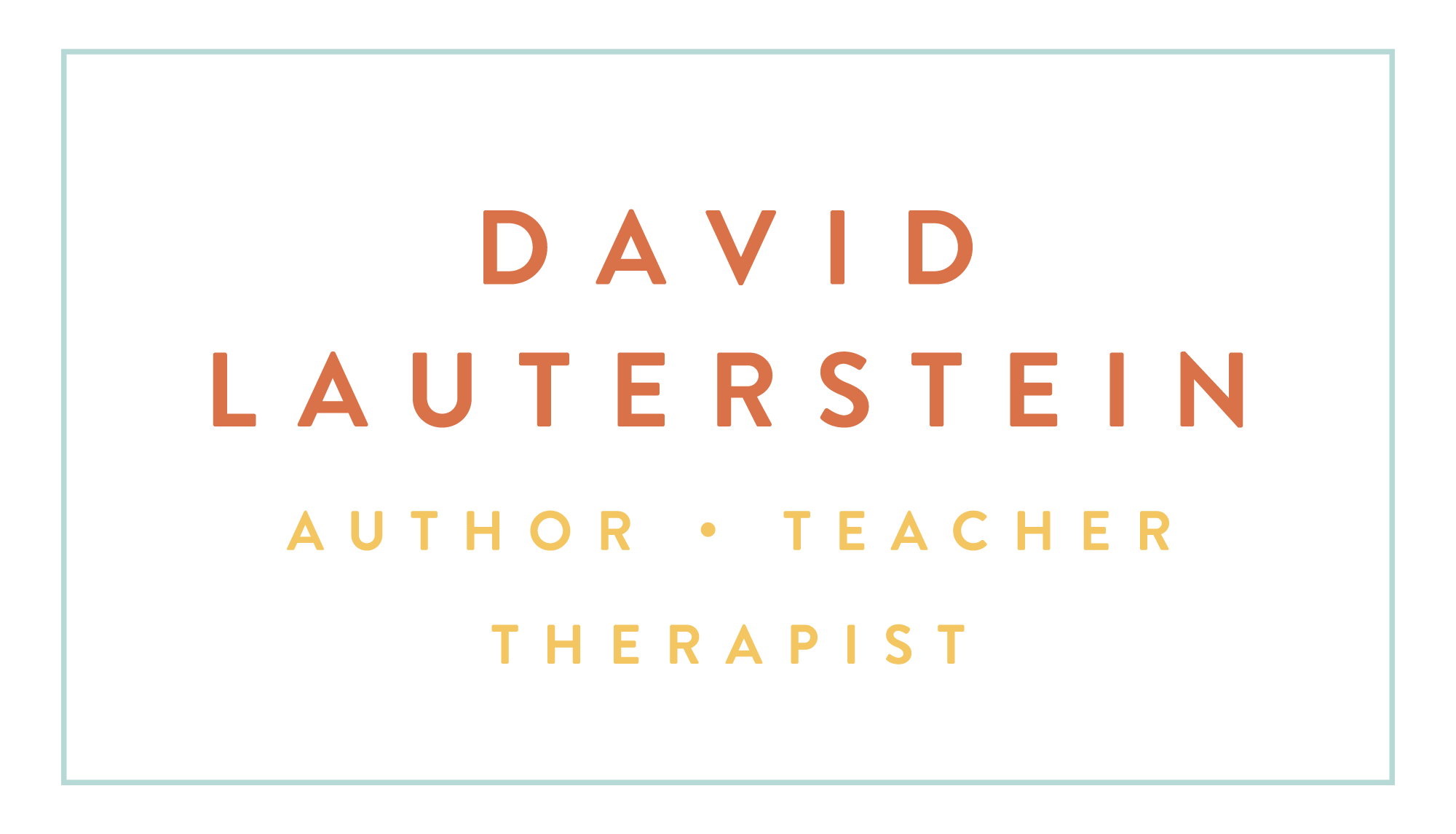NOSE PICKINGS
Perhaps you've heard of the excellent website, "Brain Pickings"? Well the brain gets more than its fair share of our attention! However, during the pandemic, another essential part of us has been all covered up and deserves to see the light of day, to breathe the fresh air, and get its fair share of attention - so here, for your delight, are some Nose Pickings!
My mother, looking at herself in the mirror and at other times would tell me, “I have a classic nose,” which was her way of recognizing her large nose with both love and self-deprecating humor. You judge for yourself.
Faye Lauterstein
I suspect she would have resisted wishful manipulations to make the nose tip smaller. “Better classic than merely modern”, she might have said.
One of my small regrets is that as a kid I broke both my little fingers – one smashed in a car door accidentally by my father and the other by trying to catch a rock a friend threw at me in jest which was much heavier than I thought - it took my hand down to the pavement and split the tip of my right little finger open like a grape. These injuries hurt my piano playing a little, and later totally prevented me from doing massage in the nose. The seventh session of Rolfing focuses on the shoulders, neck and head – including work in the mouth and the nose! I “loved” having it done, in 1978, by the sardonic and superb Chicago Rolfer, Allan Davidson. I have to say it was an unusual but powerful experience, feeling the the nose and sinuses opening up from inside out. Here’s an ecstatic and somewhat creepy video of someone working into their own nose .
Years ago there was an eccentric chiropractor in Austin who was known for taking a device with a balloon at the end, putting it up the nose and puffing the balloon up with air to adjust the nose and sinuses from inside out. I never opted for it, yet now it is a common procedure practiced by Ear, Nose, Throat specialists, called “balloon sinusplasty”
Franz Kafka, known especially for his story, “Metamorphosis” in which his character, Gregor Samsa, wakes up as a cockroach, was actually outdone by over 75 years by the Russian novelist, Nikolai Gogol. who in 1835 wrote a short story, “The Nose,” in which his character, Collegiate Assessor Kovalyov, wakes up without his nose! Not only does he awaken noseless, but as the story develops the nose takes on a life of it own, surpassing him by attaining the rank of State Councillor! How about that - being surpassed by your own wayward nose!
How do we smell? How do we recognize different smells? Though they’re controversial, I love the theories of Luca Turin, the man and ideas profiled in the excellent book, The Emperor of Scent. Turin believes that the olfactory sense does not recognize smells by the shapes of molecules, as do cell membranes recognize the shapes of hormone molecules, as if they were keys into locks. Turin makes a good and fascinating case for the nose and brain actually operating like a spectroscope, to identify the atoms within the molecules that come into the nose. Spectroscopes work by literally recognizing the unique vibrating motion each molecule has. “A spectroscope identifies a molecule by the song it sings.” Read the book or view this video of Luca Turin. Turin has a uncovered a beautiful idea and is in love with smells. Whether he’s “right” of not, I love the notion of the nose listening to the “notes” of the songs, of the essences of the things that we smell.
Jitterbug Perfume – if you haven’t read this incredible novel, congratulations; you now have ahead of you one of the most delightful, inspiring and unforgettable works of literature ever. About this book by Tom Robbins, Wikipedia notes, “The book follows two interweaving storylines, one in Ancient Eurasia and one in the present day. Darkly humorous and "presented in an idiosyncratic fictional style", the story connects dueling perfumers in Seattle, Paris and New Orleans to a bottle of incomparable perfume created by two unlikely but defiant lovers of the past who seek immortality. Orchestrated by a mysterious Irish philosopher, the past and the present collide when the characters come together and discover the unexpected path to life-everlasting.”
I can’t recommend it highly enough.
Finally, but certainly not the last word on the nose, I remember the first time after my initial anatomy studies when my friend, Pam Smallwood, and I really looked more closely at an elephant’s skull in a museum in Oxford. Right there where its “third eye” would be, (according to the chakra model) we saw a very large hole.
Pam and I were astonished, at first dumbfounded, and then of course we realized that’s where the trunk goes! The trunk, needs greater strength and a larger area of attachment to support its weight. The elephant’s trunk, weighing up to 300 pounds, contains over 150,000 separate muscle fascicles; their sense of smell is 4 times greater than a bloodhound, and yet the tip of the trunk has the delicacy of grasp through “fingers” at its end that allow the elephant to pick up a single peanut and crack it open precisely.
It is said the legend of the Cyclops came from the Romans finding the skull of an elephant or mammoth perhaps and seeing the big hole we saw in that museum and concluding, as it at first appeared to us, that there had been one big eye in the forehead between and just above the eyebrows. Perhaps we then have elephants to thank for the striking imagery of the cyclops!



